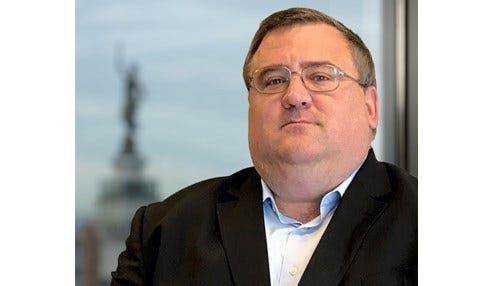King Coal

Subscriber Benefit
As a subscriber you can listen to articles at work, in the car, or while you work out. Subscribe NowMany a man down in these here hills made a living off that old black gold. Now there ain’t nothing but welfare and pills and the wind never felt so cold. They come from the city to lend a hand carrying signs saying, shut the mines down. We ain’t looking for pity and you don’t understand. So, go back to your city now cause this ain’t your town.
–Sturgill Simpson – "Old King Coal"
Chills still run down my spine every time I hear the eerily prescient, outlaw country ballad “Old King Coal” off Sturgill Simpson’s epic 2013 release, “High Top Mountain.” It reminds me of the accelerating demise of mining communities across Appalachia, the Rockies and the Gulf of Mexico, and how we can look to the distant past to help revitalize the future of these communities.
With the rise of competitive Levelized Cost of Energy (LCOE) from solar and wind projects, North American shale gas is becoming a global balancing mechanism. Combined with a trend toward decentralization in utility operations, coal, and coal plants have fast become the ugly stepchild in energy circles. As the chart from the EIA above shows, coal as a percentage of net electric generation has dropped significantly over the last 10 years. Coal, and coal generating assets, have been out of favor in the United States since the “shale gas revolution” of the early 21st century. The significant drop in natural gas prices over the last 10 years has made the breakeven price of switching from coal to natural gas a reality.
Even with all the negative press that coal currently receives, it is important to remember some key facts:
- The state of Illinois’ coal resources alone (e.g., the Illinois Basin Coal) hold more BTUs (British thermal units, a measure of heat) than all of Saudi Arabia’s and Kuwait’s oil reserves combined.
- The United States has abundant supplies of steam (thermal) and metallurgical (coking) coal which supplies many industries, including steel, and it makes up nearly 85 percent of the U.S. fuel resources. At the present rates of consumption, these resources should last for more than 250 years.
- Coal still contributes over 20 percent of all energy generation, even in a declining demand and price regime.
- There is a tremendous geopolitical advantage to having safe, secure, and reliable energy resources available.
It may surprise people that the technology to convert coal to usable automotive fuel or natural gas already exists and has been in constant use globally for the last 90-plus years. The process was invented in petroleum-poor but coal-rich Germany in the 1920s to produce liquid fuels. The invention of the original process was developed by the German researchers Franz Fischer and Hans Tropsch, hence the name Fischer-Tropsch Process.
Over the next 10 to 20 years, large infrastructure investments using the Fischer-Tropsch process will be required in these rural communities to revitalize the regions decimated by a significant reduction in mined coal. As continued decentralization in generation occurs, coal will no longer be used for new, centralized coal stations built by local utilities. Instead, plentiful coal reserves must be utilized in an efficient manner to facilitate job creation and retention, while pursuing economic benefits and returns. Building multiple coal-to-liquids (CTL) facilities in these regions create new jobs, lowers our dependence on foreign oil, and provides a minimum floor on future coal production.
Only two things prevent the creation and production of CTL facilities: global oil price levels and state and federal environmental interdictions. The first, price, is set on a global basis. Adding incremental barrels of gasoline and diesel fuel will not affect the overall supply/demand balance in the global market. However, it will have a dramatic effect upon the local and regional economies in which the facilities reside. That leaves environmental concerns as the major stumbling block for construction and implementation. Recent technological advances in new iron-based catalysts may allow CO2 capture in the CTL process, thereby lowering operating costs and emitting significantly less CO2 into the atmosphere. This is a crucial step in removing the last major objection to building CTL facilities that will ultimately better our world economy and environment.
Tim O’Hara is director of grid and infrastructure for Energy Systems Network.
